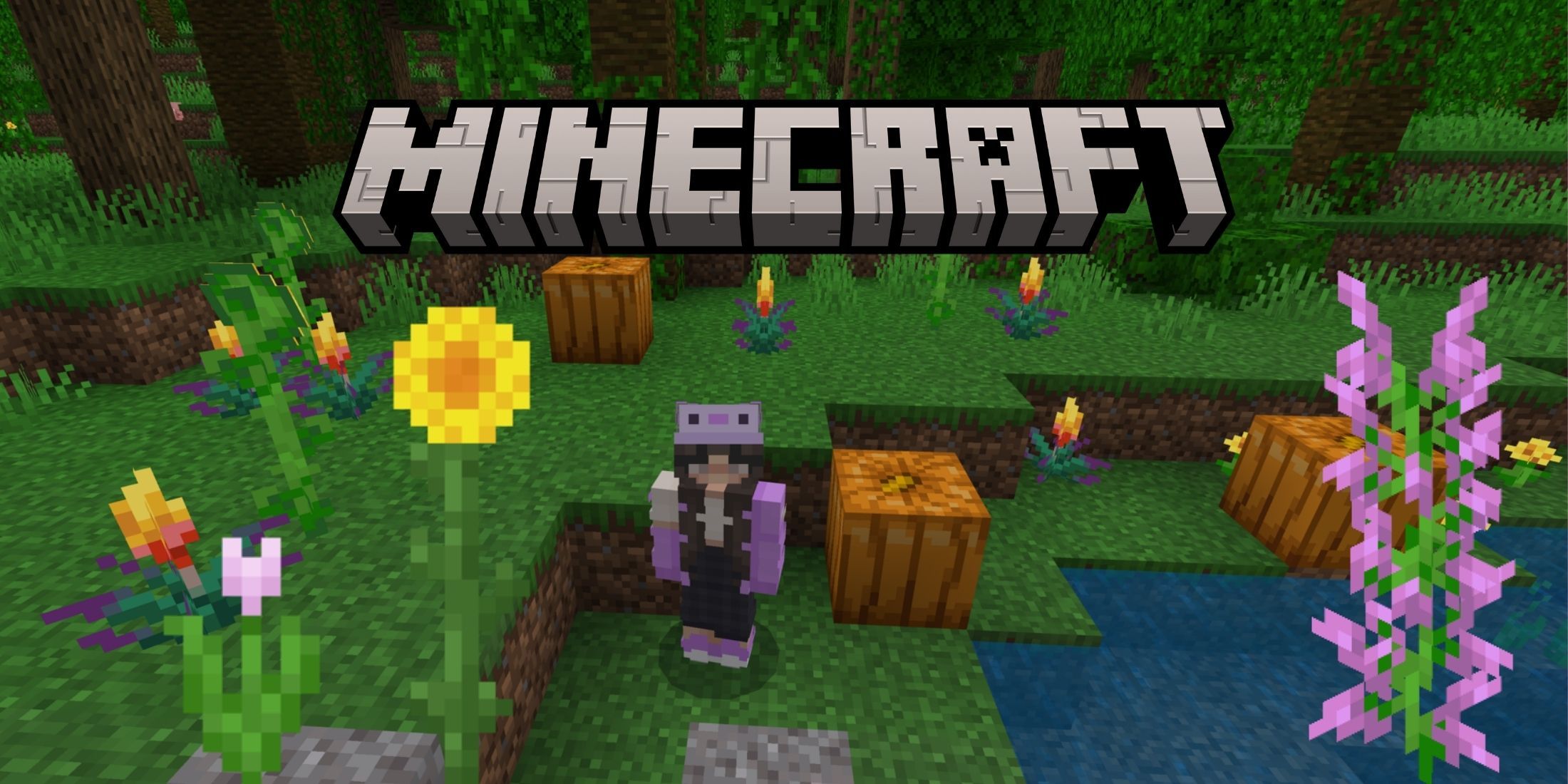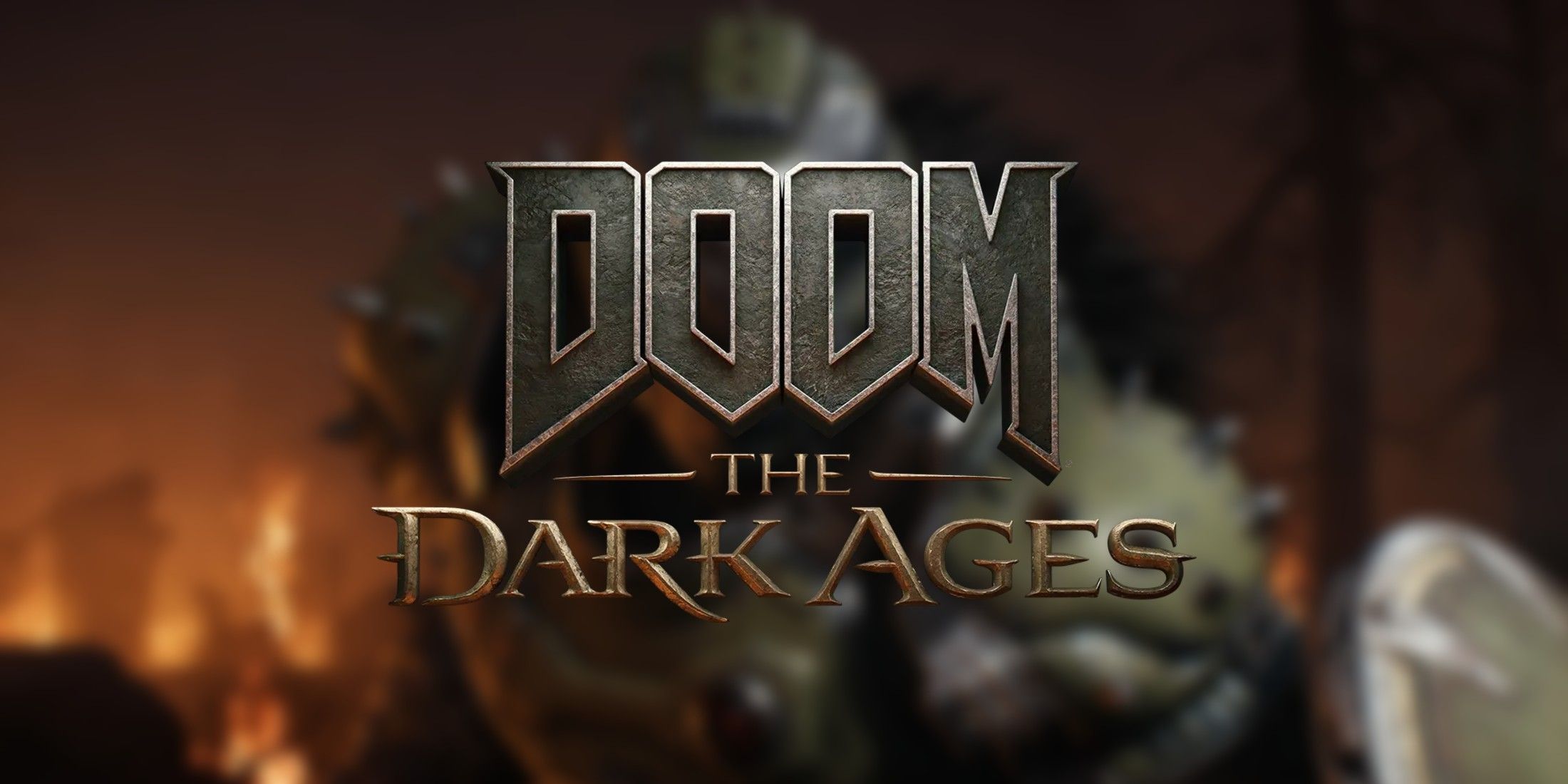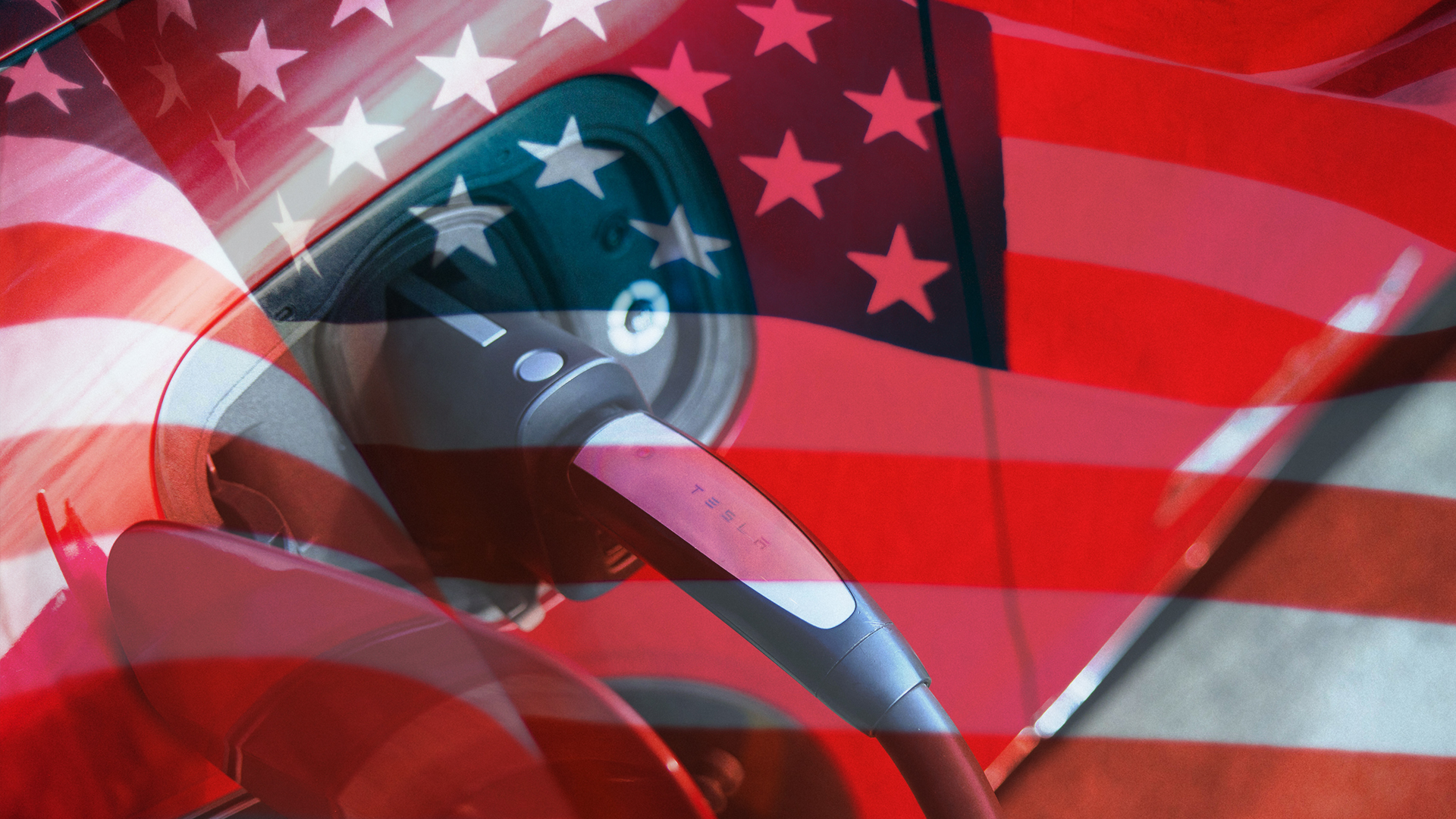LIFEHACKER.COM
The Best Strength Training Routine for Kids (and Maybe for You, Too)
We may earn a commission from links on this page.For years, my kids have been following me into my garage gymeven before we had a proper home gym, they would steal stray dumbbells or yoga balls that I thought I had bought for myself. I would encourage their interest, but I wondered: How can I encourage them to make exercise a habit? It took a while, but I think I have that figured out. I came up with the routine here when my three kids were aged 6 to 12. The oldest was definitely ready for structured strength training: He wanted to get stronger for the sports he plays, and he was organized enough to have a daily routine that involves a visit to the garage gym. The younger ones were still just interested in fun, which is great, but they would wander into the gym while I was trying to lift and demand I give them a workout, too. So I was on the hunt for a lifting routine that would be simple enough to suggest on the spur of the moment, yet fun and interesting enough to stave off whining while Im trying to get my own workout in. I found something that worked beautifully for all of them, and it's my go-to recommendation for anyone who wants to do a little strength training each day.I wrote this, or something very much like it, on a whiteboard in the gym: EASY STRENGTH2 sets of 5: goblet squats2 sets of 5: kettlebell deadlifts2 sets of 5: bench press2 sets of 5: Kroc rows2 carries, any heavy object of your choiceThe name and the set/rep scheme are pinched from a book I have heard of but admittedly not read. I want to be clear that any of the modifications to the program that Ive done are not endorsed by the authors; and also, that I dont know what they are since I just grabbed the central ideas and ran with them.The basic structure that I stole goes like this: Every exercise is done for ten reps, broken here into two sets of five.There are always five exercises that fit the categories of: squat, hinge, push, pull, and carry.You can do this every day.Add weight when it feels too easy.Its been a smashing success. The oldest has fallen out of the habit a few times, but always gets back to it without any prodding from me. Sometimes his little brother will tag along and theyll do the workout together. And even my youngest kid can do the five exercises on the board, although she needs my help for some of them. Why my kids loved thisFirst, they were sold on the name. If youre a kid who gets easily winded or discouraged in gym class, the idea that exercise can be easy is appealing, even revolutionary. According to a paper that describes the Easy Strength program, the first time you do an exercise it should be easy enough to feel like a 5 or 6 on a scale of 1 to 10. Or to put it another way: youre doing five reps of each exercise with a weight that you could do nine or 10 reps of, if you wanted to. (You can add weight if youre feeling frisky, but its never supposed to feel hard.)Second, we chose exercises they enjoy. I would love to see my kids doing more pushups, but the older ones prefer bench press (and they know how to do it properly, with the safeties in our rack). They hate pretty much all types of squats except goblet squats, so: fine. Better a goblet than nothing. Third, and I think this is key, we chose exercises that require zero setup time (or, occasionally, a very brief setup). We have small, medium, and large kettlebells. Depending on the kid, they used medium or large for the deadlifts, and small or medium for the squats. I had thought at first that they could start chaining small plates to the kettlebells to add weight, but they preferred to keep working with the same bell until it felt too easy, and then they would give it a try with the next larger size. Heythat works.Why its secretly a really solid training programAt first, it looks almost laughable. Just two sets of each exercise? The first time my oldest did it, he was in and out of the gym in less than 15 minutes. Once he got more familiar with where to find everything and how to do the minimal setup, he was finished some days in under 10. But heres the thing: The sweet spot for building muscle and strength is considered to be somewhere in the ballpark of 10 to 20 sets per muscle per week, with beginners able to get away with a bit less. If you do two sets every day, thats 14 in a week. If you only do five days of training and take the weekends off, thats still 10 sets. And if youre a kid who wanders down to the gym a few times a week and kind of forgets about it the rest of the time, thats still six sets per week, which is a lot more than zero. Dont they need rest days? I hear you muttering at your screen. Not necessarily. Remember that if youre doing an amount of work that you have adapted to (or that is small to begin with), you can do it pretty much every day. For example, you can go for a walk every day. Manual laborers show up to work every day. Or to think about it another way: nobody would bat an eye at a program that had three or four sets of each exercise on Monday, Wednesday, and Friday. This is the same thing, just spread over more days. Its the same amount of work. (And no, theres not a law of nature that you need to take a day off between strength sessions; rest days just make for convenient scheduling.)How to start doing this with your kids (or yourself)If you want to set up something similar for yourself or your own family, here are a few tips to get started. The most important thing is that the kids (or you) should know how to do the exercises that are part of the program. If a kid has to learn how to squat and how to deadlift and everything else, odds are not good for making it through the first day without crying. But if youve already been coaching them through some air squats or reminding them to keep their back flat when they get curious about lifting your kettlebell, then they may be ready to include those exercises in their routine. If youre not sure where to start, ask them what theyve been doing in gym class. For kids who are old enough to follow a tutorial from YouTube, try these:Goblet squatBarbell squatPush-upDeadlift (with a barbell)Kettlebell swingInverted rowsOnce they know the exercises and can do them safely, you can let them do the routine on their own, age permitting. This is where the minimal-setup rule comes in: Make sure they can walk in and get started without having to ask for help or gather a bunch of different supplies from around the room. Kettlebells and fixed (not adjustable) dumbbells are great for this, but dont forget that bodyweight movements also require little to no setup. For example, you can have the kids do pushups with their hands on a bench. As they get stronger, they can do them on the floor and then graduate to putting their feet on the bench. Step-ups are a great option for when air squats get too easy. Inverted rows are a good pull exercise, and they can work their way up to pullups if youve got a bar. Have a look at my list of bodyweight movements that are good for strength building, and pick out some things that will work for your little (or not-so-little) ones. And if youre doing this for yourself, do consider the version called Even Easier Strength which is explained here. Youll get a chance to work up to a heavy single every other week, and to do sets of 10 sometimes. And where your kiddos may value familiarity in the exercises, you can swap things out every two weeks, or whenever you feel like it. For example, in the slot dedicated to squats, you can cycle through squats, lunges, step-ups, and unweighted single-legged squats to a box (or whatever variations appeal to you). Is this the very best way to build strength and muscle? I mean, I wouldnt train for a powerlifting competition this way. But any routine youll actually do beats the heck out of doing nothing. So if you arent into challenging yourself with tough training plans, make staying healthy easy for yourself by setting up a routine thats quick enough to fit in your day and that youve designed to be enjoyable. After all, why should kids have all the fun?










